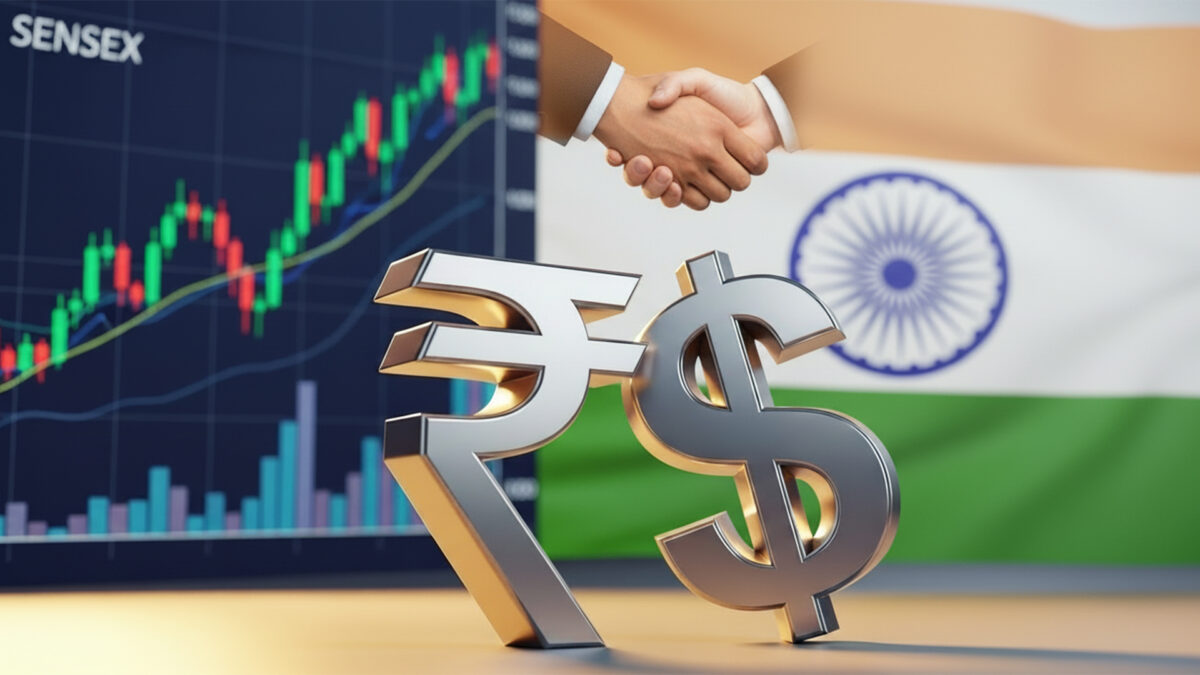The Indian rupee opened higher on Wednesday, September 17, 2025, appreciating 28 paise to 87.81 against the U.S. dollar in early trade. The rise came as the dollar softened globally, driven by expectations of a 25-basis-point rate cut by the U.S. Federal Reserve. Investors are closely watching the Fed’s policy meeting and upcoming commentary from the Fed Chair for further guidance on interest rate direction.
At the interbank foreign exchange market, the rupee opened at 87.84 before strengthening to 87.81, building on a 7-paise gain recorded on Tuesday when it closed at 88.09 against the dollar. Analysts noted that the USD/INR pair is likely to remain volatile amid the softer dollar and the Reserve Bank of India’s monetary stance. However, they cautioned that medium-term downward pressures on the rupee may persist due to external factors and policy uncertainties.
The dollar index, which tracks the U.S. currency’s strength against a basket of major currencies, was trading slightly higher at 96.73, while Brent crude oil futures dipped 0.20% to $68.33 per barrel. Market experts highlighted that the weaker dollar environment, coupled with optimism from ongoing U.S.-India trade talks, provided additional support to the rupee. Analysts suggested that if the rupee decisively breaks below the 87.90 level, it could move toward 87.50, and potentially even 87.20 if the momentum continues. Resistance for the currency was seen around 88.20 in the near term.
On the domestic equity front, Indian benchmark indices continued their upward trajectory in early trade. The Sensex rose 262.74 points to 82,643.43, while the Nifty 50 climbed 85.25 points to 25,324.35. Foreign institutional investors were net buyers on Tuesday, purchasing equities worth ₹308.32 crore, reflecting continued overseas investor confidence.
The positive market sentiment was further bolstered by developments in U.S.-India trade relations. Talks between U.S. trade negotiator Brendan Lynch and Indian counterpart Rajesh Agrawal were described as constructive, with both sides making progress on a proposed bilateral trade framework. This comes after a period of tension in the bilateral relationship following U.S. President Donald Trump’s decision to impose higher tariffs on Indian goods, including a 50% duty on select items and an additional 25% tariff related to India’s purchase of Russian crude oil.
Also Read:Ola, Uber, and Rapido Receive Provisional Licences for Bike Taxi Services in Mumbai
